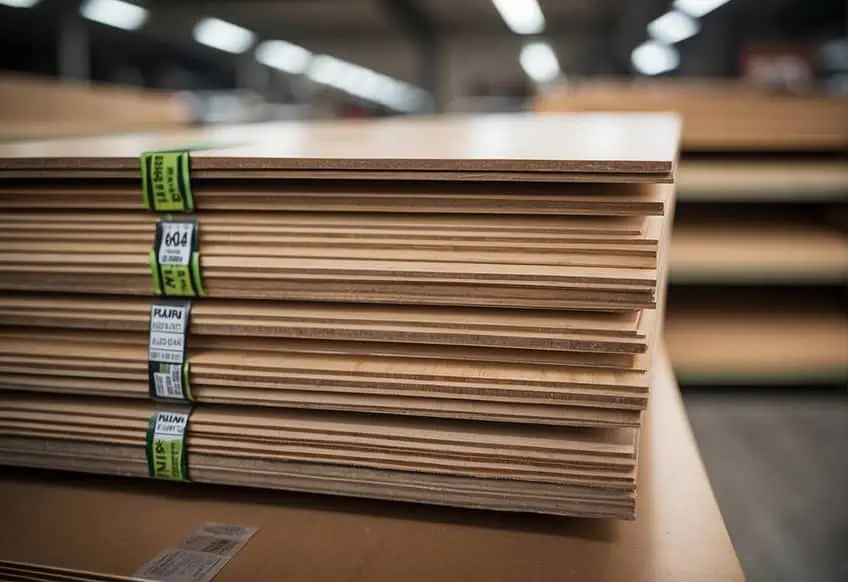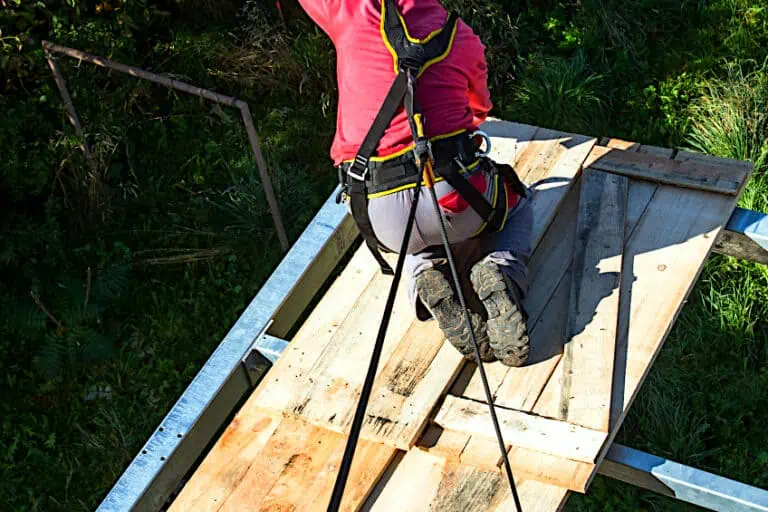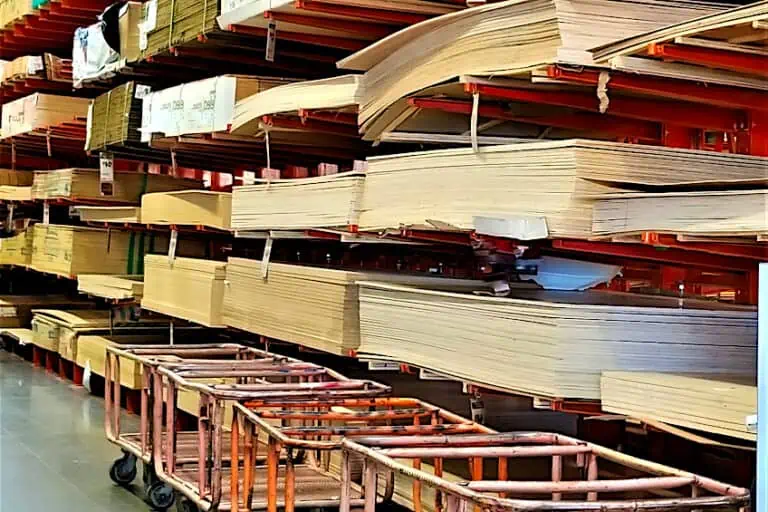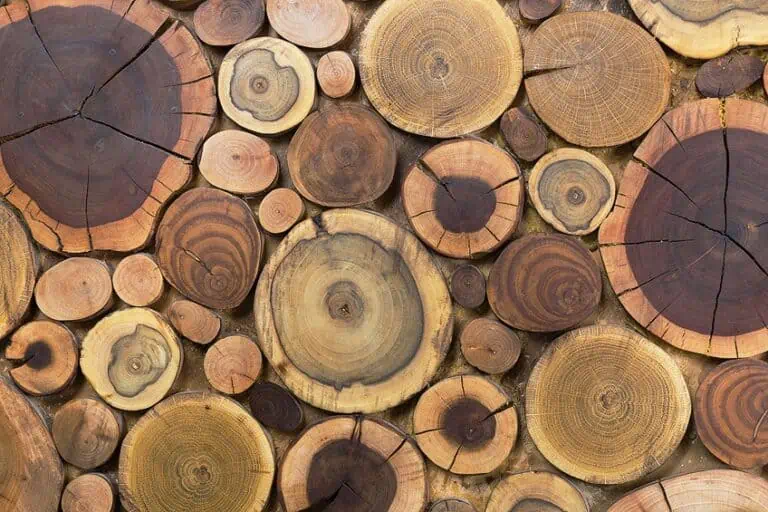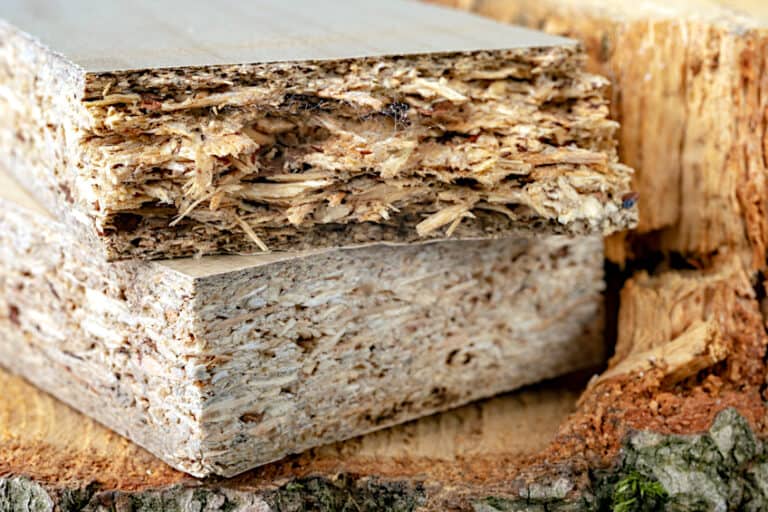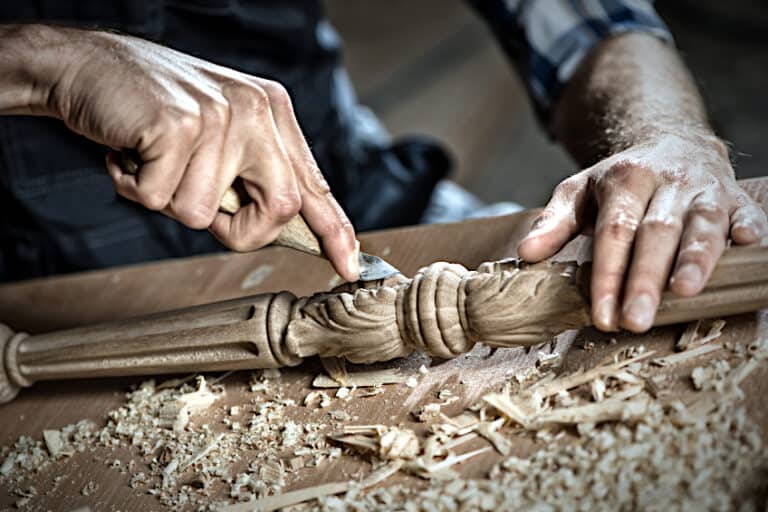How Much is Plywood – Understanding Prices in Today’s Market
Determining the cost of plywood involves considering various factors such as the type of plywood, its grade, and the thickness required for your project. Plywood is a versatile material used in construction, furniture, and craft projects due to its strength and durability. The price of plywood can fluctuate based on market demand, the specific dimensions you need, and the plywood’s grade, which affects its quality and suitability for different uses.
Key Takeaways
- The cost of plywood is influenced by its type, grade, and size.
- Plywood is available in various types suited to different applications.
- Accurate measurements are key to estimating the amount and cost of plywood required.
| Size (Feet) | Thickness (Inches) | Type | Grade | Usage | Price Range (USD) |
|---|---|---|---|---|---|
| 4×8 | 1/4 | Softwood | A-C | General construction, framing | $20 – $50 |
| 4×8 | 1/2 | Hardwood | A-D | Furniture, cabinetry | $30 – $70 |
| 4×8 | 3/4 | Marine | A-A | Boats, outdoor projects | $50 – $100 |
| 5×5 | 1/2 | Baltic Birch | B/BB | Laser cutting, furniture | $40 – $90 |
| 4×8 | 3/8 | CDX | C-D | Roofing, subflooring | $15 – $30 |
| 4×8 | 3/4 | MDO | A-B | Signs, outdoor projects | $60 – $90 |
| 4×10 | 3/4 | ACX | A-C | High-quality finish projects | $70 – $120 |
| 4×8 | 1 | OSB | N/A | Structural, sheathing | $10 – $40 |
Pricing Factors for Plywood
When you’re in the market for plywood, the cost can vary widely based on several key factors that affect its price. Understanding the specifics behind these can help you to gauge why one sheet of plywood may be priced differently than another.
Plywood Grades and Quality
Plywood grades play a crucial role in determining price. There are several grades of plywood: from high-quality A-grade with smooth, sanded surfaces and no defects, to D-grade which can have knots and splits.
When you choose hardwood plywood, often used for fine furniture or cabinetry, you pay more for the highest grades due to their excellent finish and strength. Similarly, even though softwood plywood is generally less expensive, its grade can cause the price to fluctuate considerably.
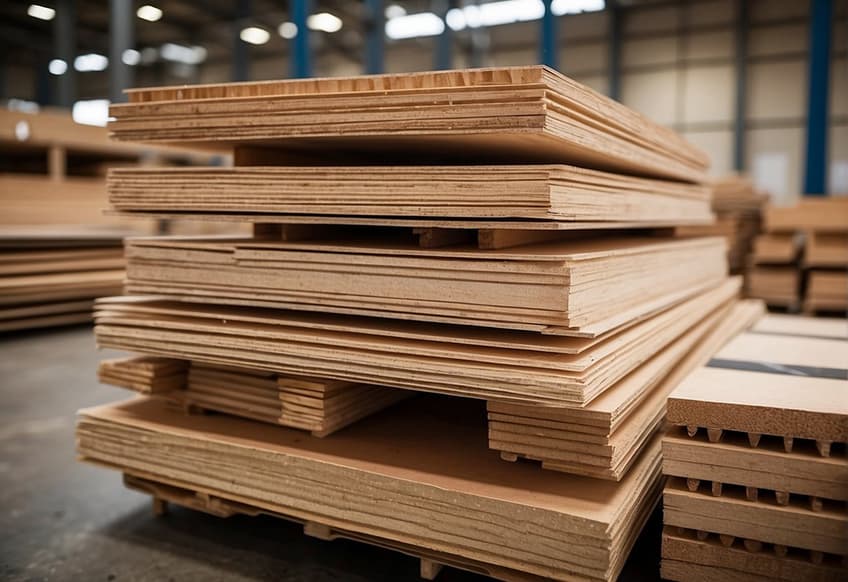
Material and Manufacturing Costs
The material used and the intricacies involved in manufacturing affect your plywood cost. Hardwood plywood tends to cost more due to the price and scarcity of hardwood trees. Manufacturing costs increase when high-quality veneers from these woods are processed. Additionally, enhanced features like water resistance involve more complex production methods, further raising costs.
Size and Thickness Variations
Plywood comes in various sizes and thicknesses, impacting the price you pay. Commonly, larger sheets are more expensive due to the increased material use and transportation challenges. Thickness is also a key price factor; thicker plywood offers more durability and support but comes at a higher cost. Here’s a basic rundown:
- 1/4 inch: less strength, lower cost
- 1/2 inch: moderate strength, mid-range cost
- 3/4 inch: high strength, higher cost
You’ll find the cost per sheet rising as the size and thickness increase. This is due to the greater amounts of material required and the additional benefits the thicker plywood provides.
Common Types of Plywood
Plywood is a versatile building material available in various types suited for different needs and applications. Your choice will depend on the project specifics and the desired outcome.
Softwood Plywood for Construction
Softwood plywood is predominantly used for construction purposes. It’s typically made from pine, spruce, or fir and is characterized by its strength and durability. You’ll find softwood plywood common in framing, sheathing, and roofing thanks to its rigid structure. It’s also more affordable compared to hardwood alternatives, making it a cost-effective option for large-scale projects.
Hardwood Plywood for Aesthetics
Hardwood plywood offers both strength and a pleasing aesthetic. It’s widely utilized for furniture, cabinetry, and decorative panels. Hardwood types like oak, maple, and walnut are often chosen for their fine grain and attractive finish. You have a choice between several grades, with ‘A’ grade being flawless and thus ideal for projects where appearance is paramount.
Specialized Plywood for Industrial Use
Specialized plywood types are engineered to meet the rigorous demands of industrial applications. Marine plywood, a notable example, is designed to resist water and humidity, perfect for use in boat building and exterior work.
Additionally, there’s overlaid plywood, which comes with a protective layer for extra durability, and structural plywood, made to support heavy loads in construction. Each plywood type is tailored for its ability to withstand harsh conditions and perform under specific circumstances.
Plywood Sizing and Measurement Standards
When selecting plywood for your project, it’s critical to understand the industry standards for sizing and measurement. These details ensure you purchase the right amount of material with the necessary strength for your application.
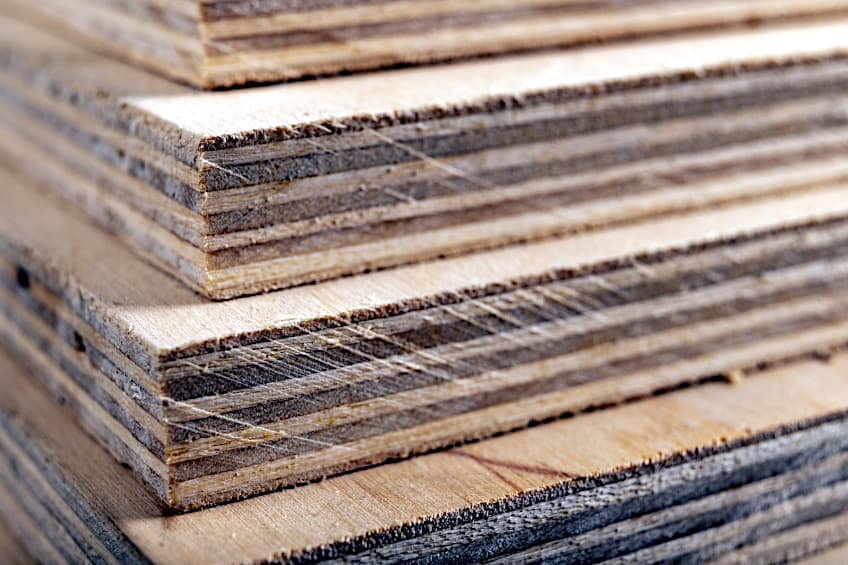
Standard Plywood Sheet Sizes
Plywood is manufactured in various sizes, which cater to different needs. The standard sheet size for most plywood is 4 feet wide by 8 feet long (1220 x 2438 millimeters). However, these sheets can also come in other dimensions, such as:
- 2 feet x 2 feet (610 x 610 millimeters)
- 2 feet x 4 feet (610 x 1220 millimeters)
- 4 feet x 10 feet (1220 x 3048 millimeters)
In each of these sizes, the surface area of the plywood sheet is determined by multiplying the length by the width.
Thickness and Ply Count
Your project’s stability and purpose greatly depend on the plywood’s thickness and the number of plies (layers) it contains. Thickness generally ranges from 1/8 inch (3.2 mm) to 1-1/4 inches (31.75 mm). The most commonly available and used thicknesses are:
| Thickness | Common Uses |
|---|---|
| 1/4 inch | Paneling, furniture |
| 3/8 inch | Light framing, shelving |
| 1/2 inch | Roofing, flooring |
| 5/8 inch | Wall sheathing, subfloor |
| 3/4 inch | Structural applications |
Thickness is often correlated with the ply count: more plies typically mean stronger and thicker plywood. For instance, a 3-ply sheet could be 2mm or 3mm thick, with strength increasing with each additional ply. When planning your project, consider both thickness and ply count for optimal performance.
Buying Plywood: Tips and Considerations
When purchasing plywood, you need to consider the supplier’s reputation as well as the varying factors that influence pricing. Make informed decisions by understanding the specifics of these aspects.
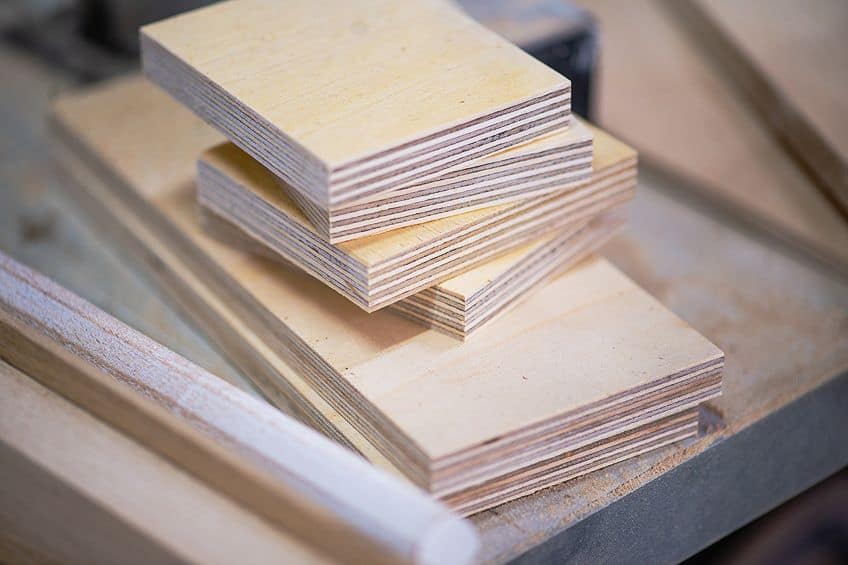
Choose the Right Supplier
Identify reputable suppliers, like Home Depot, that are known for their quality products. Evaluate their selection of plywood, ensuring they offer a range of grades and types, including OSB (Oriented Strand Board) and MDF (Medium Density Fiberboard), suitable for your project needs.
Understanding Pricing Variations
Plywood prices can vary greatly based on several factors:
- Grade: Plywood is graded based on the quality of the veneers. Grades like A-C, B-C, or C-D reflect the finish and suitability for painting or staining.
- Type: Specialty plywoods, such as those with waterproof glues for exterior use, typically cost more than standard ones.
- Thickness: Thicker sheets usually cost more due to the increased material used.
- Size: Standard sheets are 4 x 8 feet, but prices increase with larger or specialty-sized panels.
Home Depot and other suppliers might offer competitive prices, but always correlate the cost with the specific requirements of your project to ensure you’re getting the best value.

I have been into woodworking since 2005 and woodturning since 2011. Because of my love for wood and woodworking, I started woodhappen.com to teach other enthusiasts about how to finish and seal wood, the best woodworking tools, the different types of wood, and everything else related to woodworking! Read more about me here.

